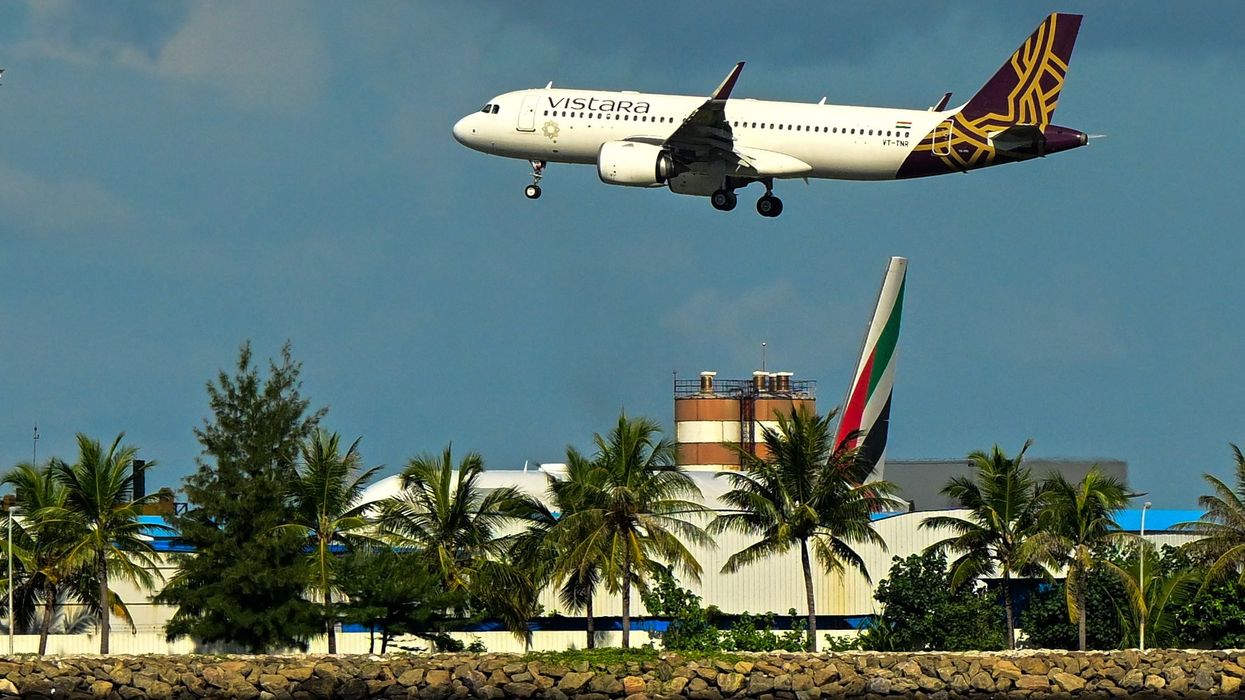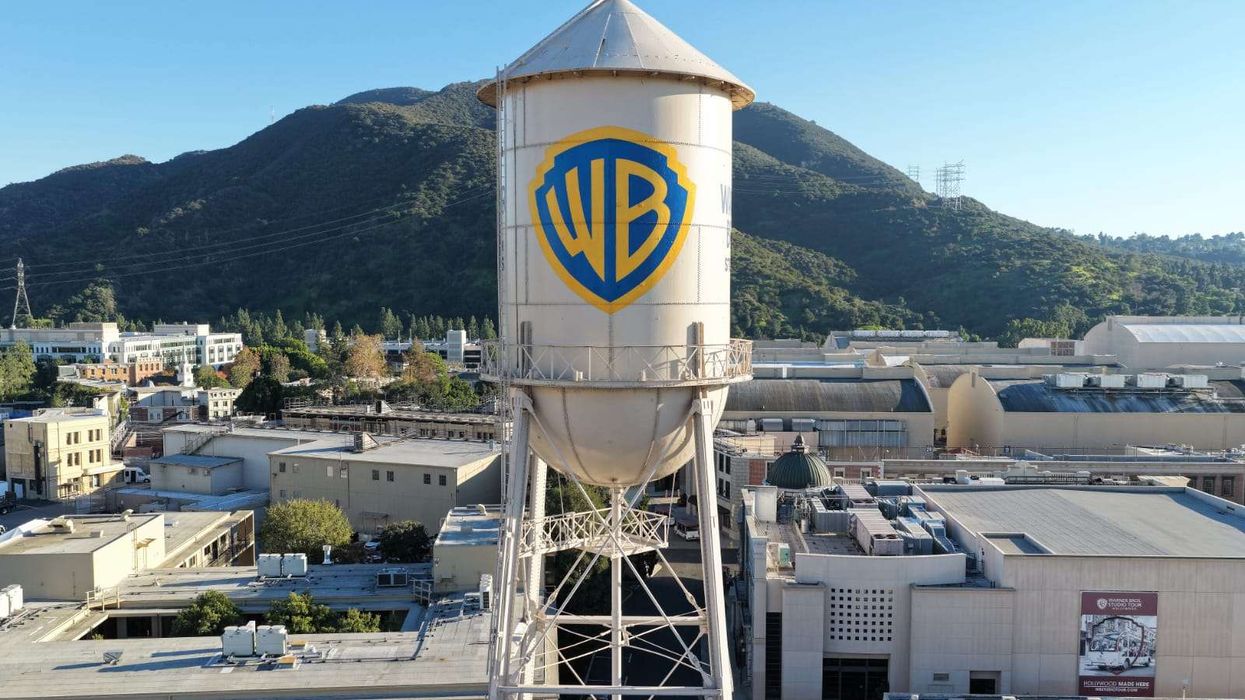IN A MAJOR move in India’s aviation sector, Air India completed its merger with Vistara on Tuesday. This consolidation forms a single airline, partly owned by Singapore Airlines, that will serve over 1,20,000 passengers daily and connect more than 90 destinations.
This merger, announced in November 2022, follows the recent integration of Air India Express and AIX Connect. The Tata Group now has both a full-service carrier and a low-cost carrier, aiming to create a "world-class global aviation company with an Indian heart."
Earlier on Tuesday, Vistara, a joint venture between Tata and Singapore Airlines established nearly 10 years ago, made its final flight from Delhi to Singapore.
As part of the merger, Singapore Airlines will inject an additional £29.54 million into the combined airline, which will operate over 5,600 weekly flights with a fleet of 210 aircraft. According to an Air India release, the airline will connect more than 90 destinations and offer extended global connectivity to over 800 locations through 75+ codeshare and interline partnerships.
The merger positions the airline as India’s largest international carrier and the second-largest domestic airline. “Post-merger, Air India Group operates a combined fleet of 300 aircraft, covering 55 domestic and 48 international destinations with 8,300 flights weekly and employing over 30,000 people,” stated the release.
The Vistara flight code ‘UK’ has now been retired. However, Air India flights from the merged entity will include the prefix ‘AI2’ for customer choice, as Vistara had a strong reputation for its service quality, while Air India is undergoing transformation to improve its services.
Air India CEO Campbell Wilson said, "The merger of Air India and Vistara completes the consolidation and restructuring phase of the Air India Group's post-privatisation transformation journey. Over the past two years, teams across the four airlines have worked closely together... to ensure a smooth transition."
In the merged airline, Air India’s long-time mascot, the Maharaja, will continue in a different form. Club Vistara’s 4.5m frequent flyer accounts have also been integrated into Air India’s loyalty programme, now renamed as the ‘Maharaja Club.’
Additionally, over 4,000 vendor contracts have been streamlined, and 2,70,000 customer bookings have been migrated. Vistara’s final flights, including UK115 from Delhi to Singapore and UK986 from Mumbai to Delhi, marked the end of its journey on Tuesday, with the newly merged entity’s first flights, including AI2286 from Doha to Mumbai, already in operation.
This merger also represents the second major consolidation in India’s airline industry since 2006-2007, when Indian Airlines merged with Air India, and Air Sahara combined with Jet Airways. Air India is now the sole Indian full-service airline.
As of September, Air India, Vistara, and AIX Connect held a combined domestic market share of just over 29 per cent. Singapore Airlines has confirmed the merger and will continue to hold a 25.1 per cent stake in the newly combined Air India through an additional investment of £29.54m.
(With inputs from PTI)













